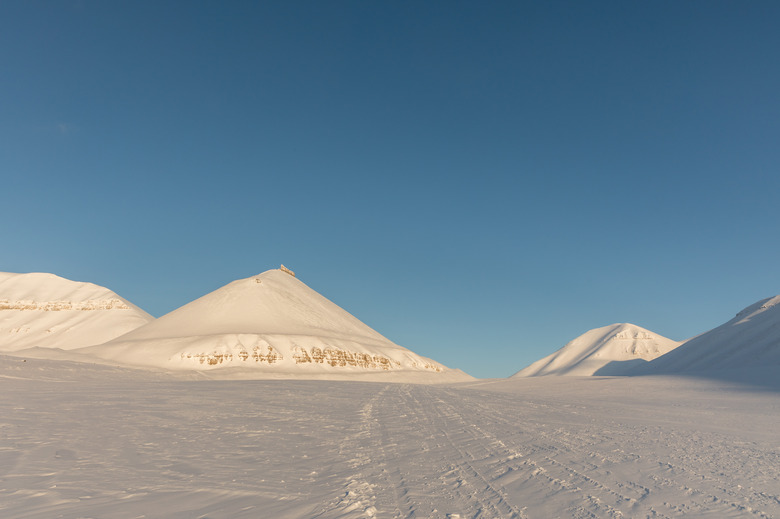What Are Some Producers In The Tundra?
Tundra occurs when a region is so cold, the soil never completely thaws — even in the warmest months, only the top few feet of the soil defrost. Because both poles have extreme climates, tundra is found in both the north and south polar regions. These areas, known as the Arctic and Antarctic Tundras, are home to several producer species, though most are in the form of grasses or smaller plants.
Arctic Species
Arctic Species
Many of the producers in the arctic are more varied than the species in the antarctic. These species include Arctic Moss, a grass species that lives on the bottom of lakes and bogs, as well as the Arctic Willow, often called the Rock Willow. Bearberry, or Foxberry, is an evergreen species that grows to be about eight inches high and features oval, leathery leaves.
More Arctic Species
More Arctic Species
Another Arctic producer species is Caribou moss, a grey-green moss that grows on rocks and other surfaces to about pine to two inches high. The diamond leaf willow is a shrub like producer, as is the Labrador tea plant. The Pasqueflower, another arctic plant, grows in groups of flowers usually about seven inches tall. the tufted Saxifrage is another flowering plant, but grows only to about half an inch in being.
Antarctic Species
Antarctic Species
The Antarctic tundra is even less easy for plants to grow in, since only about two percent of the continent is ice free. Of this area, the vast majority of producer species are lichens, mosses and fungi. Lichens grow most abundantly in Antarctica, while only a few species of mosses survive. Only two types of vascular plants grow here, the Antarctic hair grass and a cushion-forming pearlwort species known as Colobanthus quitensis.
Phytoplankton
Phytoplankton
In both the Antarctic and Arctic ecosystems, a major producer species is phytoplankton. Though these species live in the water, they support all life underwater, as well as any species that feed on underwater life in these tundra regions. In this way, phytoplankton support many different species that live on the tundra, including seals, penguins and polar bears. Phytoplankton cannot survive the winters in these areas and are single celled organisms.
References
Cite This Article
MLA
Prince, Alicia. "What Are Some Producers In The Tundra?" sciencing.com, https://www.sciencing.com/producers-tundra-8707304/. 22 November 2019.
APA
Prince, Alicia. (2019, November 22). What Are Some Producers In The Tundra?. sciencing.com. Retrieved from https://www.sciencing.com/producers-tundra-8707304/
Chicago
Prince, Alicia. What Are Some Producers In The Tundra? last modified March 24, 2022. https://www.sciencing.com/producers-tundra-8707304/
